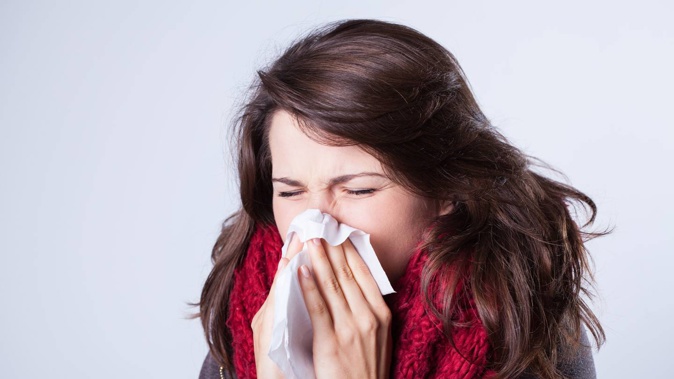
If you’re surprised to have caught the flu this late in the year, you won’t be alone: this season appears to be much more of a slow-burner than the last one, a virologist says.
GP clinics have been seeing a “sustained” level of flu cases coming through the door throughout the season, with monitored rates of flu-like illnesses higher than this time last year.
“It’s been a slow-moving picture, all the way from April until now,” ESR’s Dr Sue Huang said.
In a normal year, the flu infects around one in three Kiwis and kills perhaps 500 – making it hitherto our single deadliest infectious disease before Covid-19, which may claim twice that average flu toll in 2023.
One dramatic feature of last year’s season was the biggest peak in cases observed in a decade – an unsurprising effect of a long-suppressed virus sweeping back with force.
But this season, two different factors had stood out: its consistent activity and earlier kick-off.
“We design our flu surveillance to go from May to September each year because we know that flu peaks around July and August,” Huang said.
“Last year was a bit of a surprise as that peak happened earlier around June and July – but this year, flu activity started so early in April, which was really unusual.
“I’ve been working on flu surveillance for the last 25 years, and I’ve never seen flu activity start so early.”
Rather than having been a short-lived spike in flu cases, Huang said activity had been maintained throughout the whole winter period, although rates had been gradually dropping off.
ESR data showed that, for the year to date, New Zealand’s current rate of cumulative influenza-associated hospitalisation stood at about 62.4 per 100,000.
/cloudfront-ap-southeast-2.images.arcpublishing.com/nzme/5URFLM773ZCW3GMGGGL4WWMC4E.jpg)
“It’s been a slow-moving picture, all the way from April until now,” ESR virologist Dr Sue Huang said of this year's flu season. Photo / NZME
That was notably higher than last year’s rate of 47.4 per 100,000, although still cumulatively the fifth biggest flu year since 2012.
While overall activity was now tracking at or below 2015-19 levels, rates of severe acute respiratory illnesses had been tracking upwards in Auckland – and remained elevated among children aged zero to four years.
“To have such a broad, long peak, all the way until now, is also quite unusual.”
She cited an obvious factor behind those patterns: the return of long-absent B and A(H1N1) “swine flu”, strains, which were known to hit children and the elderly hard respectively.
Influenza B made up about 43 per cent of the strains ESR had typed this year, while influenza A(H1N1) accounted for around a third.
“Because we’ve got these two viruses back circulating, and an immunity gap in our population, it means the season just drags on.”
Anticipating another bumper flu season, the health system had moved to ease strain on hospitals by spreading resources, using telehealth services and helping patients to recover at home.
While GP clinics hadn’t been overwhelmed by flu cases this year, Royal NZ College of General Practitioners’ medical director Dr Luke Bradford said there’d been a “sustained level” of the virus throughout the season.
The Tauranga-based GP compared rates to pre-Covid activity and expected the coming school holidays would help dampen flu for the year.
Meanwhile, flu wasn’t the only nasty that’d been in the mix this season.
Of severe acute respiratory illnesses detected at “sentinel” hospitals, RSV made up about 20 per cent, while Covid-19-causing Sars-CoV-2 accounted for about 13 per cent.
She urged people to follow those same principles of the pandemic.
“If you’re not well, don’t go back to work, and keep social distance from people around you.”
Jamie Morton is a specialist in science and environmental reporting. He joined the Herald in 2011 and writes about everything from conservation and climate change to natural hazards and new technology.
Take your Radio, Podcasts and Music with you









